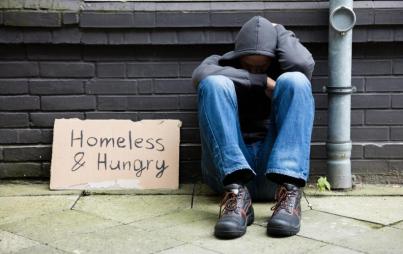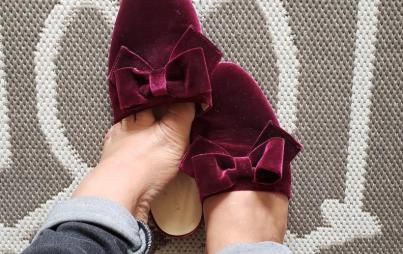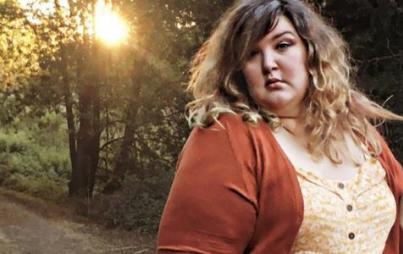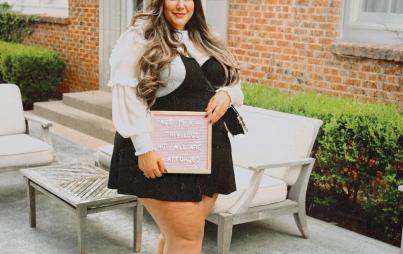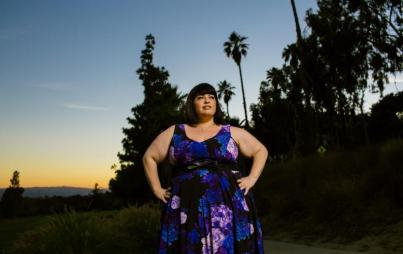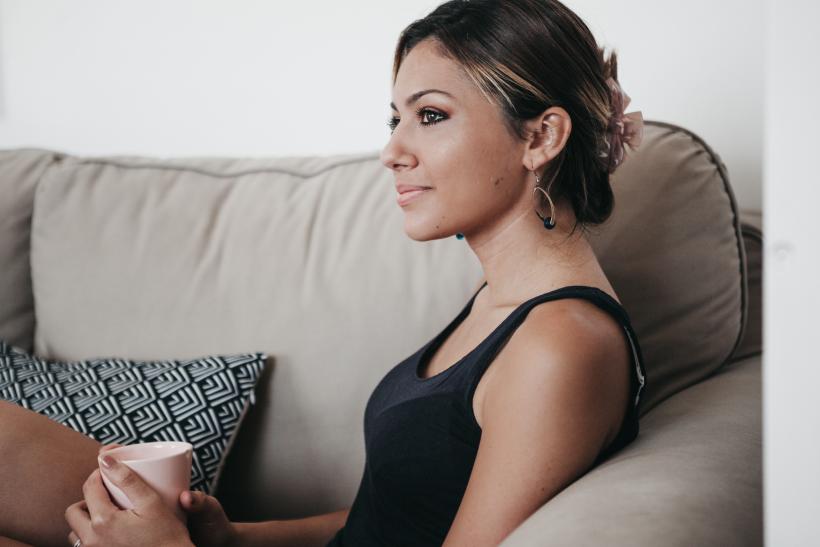
Sexuality is not validated by what clothes you wear. I know exactly who I am.
“You don’t look gay.”
Those words were casually tossed at me by a pretty girl I was trying — and failing — to flirt with at a college party.
“I’m sorry?” I shouted over the music, though I’m not sure what I was apologizing for. “I’m bi!”
She rolled her eyes and pointed to the flannel shirt she was wearing.
“You gotta dress gay to hit on girls.”
I looked down at my outfit: a floral backless dress, red high heels, and my long brown hair worn down.
When did my sexuality come with a dress code?
My journey to my bisexual identity was a quiet one, filled with introspection and fanfiction. While I was comfortable with my sexuality, coming out was more complicated than expected mainly because everyone assumed I was straight.
I’ve always been a girly girl, my closet brimming with pretty dresses, sky-high heels, and all things traditionally feminine. Like my sexuality, my wardrobe is a huge part of my identity. I spend a lot of time and money on my appearance for own my self-esteem. Fashion is more than a hobby to me — it’s a way to express myself to the world. Fashion makes me feel like myself.
I only wish people would stop labeling me as straight because I like mini skirts and lipstick.
During college, I lived with five other women. Out of the six of us, only two were queer (bisexual and pansexual), yet three of the women were assumed to be queer just because of how they dressed.
My best friend was one of them. She came in on move-in day with a pixie cut and wearing a flannel shirt. She was actively hit on by other women for the first few weeks of school. My other two friends were environmental science majors who went on backpacking trips, played rugby, and didn’t wear makeup unless they were going out. There was even a joke from the lesbian couple across the hall that they were really dating each other — a joke that was not funny to either of them.
And then there was little bisexual me, who walked through the snow in high heels and who wouldn’t leave the house without lipstick. No one thought my sexuality could be anything other than straight.
Maybe that’s why stayed in my metaphorical and literal closet, not telling people for years about my sexuality.
Queer stereotypes surrounding clothing have been around for years. When most people think of a gay man, they think of someone more feminine, well dressed, and flamboyant. We think of Johnathan Van Ness from Queer Eye. When we think of lesbians, we think short haircuts, flannel shirts, suits, and no makeup — more masculine.
You Might Also Like: What Plus-Size Fashion Looks Like For My Queer, Fat Body
These stereotypes did not come out of thin air. They come from a long history of queer coding. According to Elizabeth Wilson, author of Adorned in Dreams: Fashion and Modernity, expressing sexual behaviors through fashion choices has been a practice since the 19th century, but it increased during the 1970s with the formation of the Gay Liberation Front. Dressing became political — a way of identifying and finding your fellow LGBTQ's.
Even today, we use queer coded dress — not to fight homophobia, but show our pride in sexuality and to attract people we are sexually attracted to. When a friend who identifies as gay goes out, he dresses more flamboyantly to signal to other gay men that’s he’s one of them and available.
So how should someone who is bisexual dress?
The question is complex, as we are dealing with both individual preferences and stigmas. Biphobia is a real thing that I, and other bisexuals, have to deal with. Common misconceptions of bisexuality are that we will eventually go from one side or the other. That we are confused. That we’re greedy. We can switch our preferences on and off like a light switch.
This is not the case.
Going out, I can’t predict who I will be interested in; gender doesn’t factor in my attractions. I didn’t plan to hit on that girl at that party — I simply liked her smile and wanted to talk to her. I’m attracted to whom I’m attracted to, regardless of what I’m wearing at the moment.
However, what the girl at the party said affected me. Maybe by presenting myself as feminine, I was somehow covering up my queerness. Passing for straight because it was easier. It takes much less personal energy to let everyone assume I am straight than to have to explain my bisexuality and deal with stigmas and questions.
For about a year after the party, I was on a mission to switch up my closet and make it queerer presenting. I bought some flannel shirts, more jeans, and even considered cutting my hair. But it didn’t feel like me.
I felt farther away from my identity than closer to it.
Bisexuality is a tightrope we have to walk. On the one hand, if we act and look our traditional gender roles and are in heterosexual-appearing relationships, we are using straight privilege. On the other hand, being constantly re-closeted and not feeling fully part of the LGBTQ+ because of having too much privilege is heartbreaking it’s own right.
Most bi's feel not queer enough. It's a unique struggle and partly why bisexuals are likely to have depression, anxiety, self-harm, and suicidal thoughts.
Sexuality is not validated by what clothes you wear. I know exactly who I am. I am bisexual. And I will wear anything I want.


